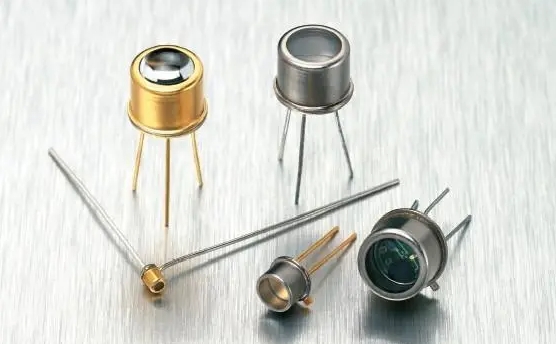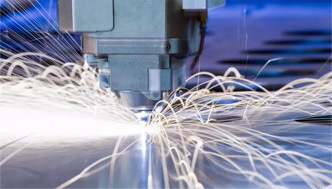A UV sensor is a device that converts UV signals into measurable electrical signals using photovoltaic mode and photoconductive mode with light-sensitive elements. The earliest UV sensors were based on pure silicon, but according to instructions from the National Institute of Standards and Technology in the United States, simple silicon diodes also respond to visible light, generating unwanted electrical signals and leading to low accuracy. GaN UV sensors are more precise than single-crystal silicon and are the most commonly used material for UV sensors.

Currently, there are mainly two types of materials for UV sensor applications: GaN and SiC. GaN UV sensors are currently known as UV sensors from Genicom in Korea. These sensors have a response range of 200-510nm. For the UVA band, there are mainly IIC, current, and voltage output mode sensors. The GUVA-C32SM or GUVA-S12SD (SMD3528 package) can be used for smart wear and applications where the UV sensor size needs to be as small as possible or where the PCB size is relatively small.
For applications requiring high-temperature stability, there are metal TO-46 (GUVA-T11GD-L), TO-39 (GUVA-T21GD-U), and TO-5 (GUVA-T21GH) packaged products. The TO-5 package integrates an operational amplifier circuit and 0-5V analog output, making it easy to use. It is mainly used for detecting UVA lamps and UV curing processes. UVB sensors are primarily used for detecting B-band LED lamps, skin phototherapy, and UVI detection.
The UVI index is mainly used for B-band UV. The main models used are GUVB-C31SM (IIC output), GUVB-T11GD-L (current output), and GUVB-T21GH (0-5V output). Due to their shading properties, UVC sensors can also be used for flame detection in addition to UV sterilization monitoring. The premise for flame detection is that the UV sensor can detect very low-intensity UV radiation, which requires the dark current of the UV sensor to be very low, thus SiC UV sensors meet this requirement. Currently, the well-known SiC UV sensor is Sglux. This type of UV sensor is resistant to high temperatures and strong UV radiation.
UV sensor application areas: Sterilization field: Due to its short wavelength and high energy, UV in the UVC band can destroy the DNA (deoxyribonucleic acid) or RNA (ribonucleic acid) molecular structure in microorganisms (bacteria, viruses, spores, etc.), preventing cell regeneration and rendering bacteria and viruses incapable of self-replication. Therefore, UVC band products can be widely used for water disinfection. UV-LEDs, due to their small size and other advantages, can serve as light sources for complete UV sterilization equipment, suitable for pre-packaging processes with various structures and large-scale batch production lines; UV (ultraviolet) germicidal machine light source: suitable for home indoor air disinfection and sterilization, public places; used in various household appliances such as disinfection cabinets, microwave ovens.















